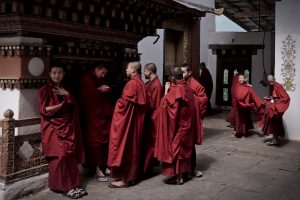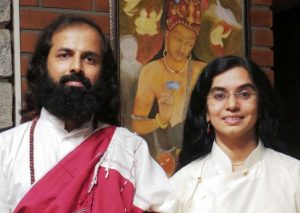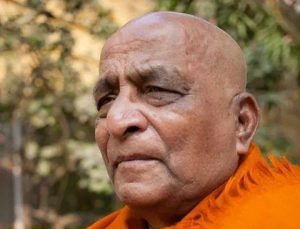In the midst of widespread protests in Hong Kong in October 2019, the city was imbued with feelings of anxiety, fear, and anger. Fire, violence, and destruction were constantly shown on media platforms to a degree that even the most fainthearted would feel numb to the spectacle. Many weekend and afterwork plans had to be canceled. Nevertheless, a couple of friends and I managed to cross the border between Hong Kong and mainland China and find ourselves in a nice bar in the city of Shenzhen. It was a breath of fresh air, away from the tear gas and rage.
Life on this side of the border did not seem to have been affected at all. Greeted by two young bartenders, we sat down at the bar. One of them was making a cocktail, with fresh flowers arranged in a vase in front of him. The other was sorting glasses, while complaining to us about a group of girls for taking photos with their drinks, without even finishing half of them. In our good-natured banter, we learned that the two young men were both from other provinces of China, like many young people in Shenzhen. One was looking for a girlfriend, while the other was thinking about opening his own bar. Lovely as it was, this scene could have taken place in any part of the world.
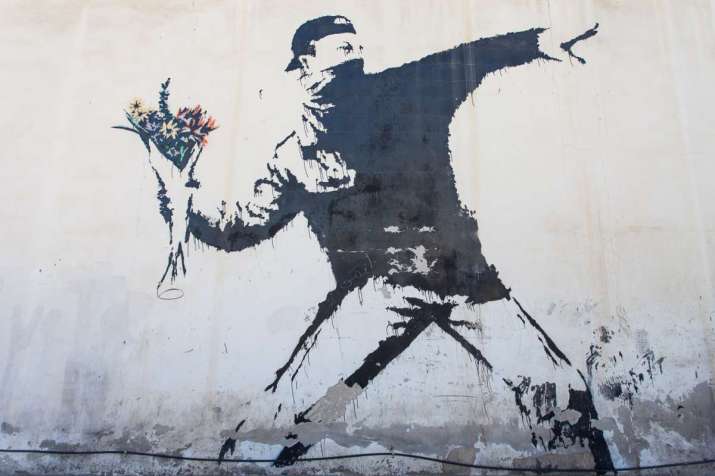
My friends and I soon noticed that this place had a special liking for the British street artist and political activist Banksy. Several prints of his work were framed and hung on the wall across the bar. One of them is the iconic Rage, the Flower Thrower, which depicts in black and white a young male protester with his cap worn back-to-front and his face covered by bandana; but instead of a Molotov cocktail, he is lobbing a bunch of colorful flowers. “This is a good image for Hong Kong at the moment,” one friend commented. We smiled at each other.
Banksy is one of my favorite artists of all time. Today, we are not short of contemporary artists who play with thoughts, or amateurs who make strong statements with graffiti in public spaces. However, Banksy is different. To me, he can be compared with figures such as the Song dynasty painter Ma Yuan (c. 1160–65 – 1225), who made 12 studies of the movement of water in ink and brush, or the Dutch painter Hieronymus Bosch (c. 1450–1516), who came up with bizarrely awe-inspiring imagery arranged in a harmonious fashion. These true artists developed their authentic ways of expression that was so out of their time, yet so compelling.
The Flower Thrower first appeared on a garage wall in Jerusalem on the main road to Beit Sahour, Bethlehem—the birthplace of Jesus Christ, who is described in the Bible as the “Wonderful Counselor, Mighty God, Everlasting Father, Prince of Peace” (Isaiah 9:6). However, ironically and sadly, this region has been a place of intractable conflict for countless years. People of different religions and ethnicities wage war on each other, although many of them believe in the same God.
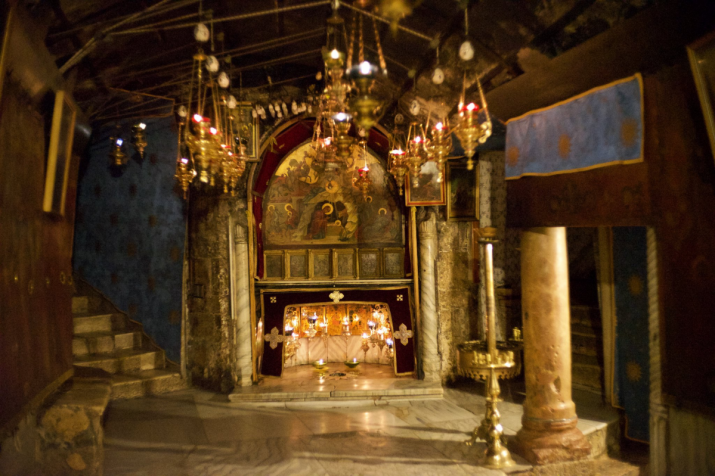
In contrast to such a complex background, the Flower Thrower is straightforward and contemporary in its way of expression. Clearly, the message is pro-peace; however, this work not only speaks to the current political situation, but also to humanity. When you look at Banksy’s works, no matter how nonsensical and satirical they might appear, there is always a sense of humor that comes from the compassion of the artist and a profound faith in the goodness of humanity.
This is where I find an analogy between Banksy’s work and Buddhist art. Both recognize human suffering yet they artistically transform the suffering to inspire. Behind the grandeur, composure, and gold of Buddhist art, there is heartbreak, loss, and grief. Inscriptions at important Buddhist heritage sites, such as the Dunhuang and Yungang grottoes, reveal that men and women made the Buddha images, wishing their deceased family members better next lives or praying for peace and prosperity in their communities during turbulent times. In Buddhist practice, making art is making merit, which is always transferred to others. Similarly, a recent work by Banksy in Birmingham tackles the issue of homelessness before Christmas.
According to Buddhism, we humans are trapped in Samsara (Skt: the cycle of rebirth). The teachings also enumerate the Eight Sufferings that we all experience: birth, aging, sickness, death, separation from loved ones, association with those we dislike, not getting what we want, and the flourishing of the Five Skandhas (Skt: aggregates of clinging). We are really no different from each other in terms of our way of existence, be it families in Bethlehem, Buddhist art patrons in the sixth century, protesters in Hong Kong, or the young bartenders and my friends and myself at that moment in Shenzhen. The question is how we end our suffering. Some people, driven by greed, hatred, and ignorance, try to end their own suffering by making other people suffer. However, this is not the path to liberation, as the Zen master Thich Nhat Hanh teaches: “We are imprisoned in our small selves, thinking only of the comfortable conditions for this small self, while we destroy our large self.”
It is noteworthy that no matter how bold Banksy’s statements are, he never infringes on the integrity of other people’s work. While someone thought it was smart to add red noses to Banksy’s reindeers in Birmingham, Banksy built a new Dismaland as a parody of Disneyland, put up modified masterpieces on the walls of major museums around the world, and shredded his own work, Girl with Balloon, at an auction to sell the piece. His practice of graffiti is not meant to intrude on public spaces, rather he is questioning why commercials and advertisements are legal just because they are paid for. Banksy constantly challenges our notions of reality and normality by providing a different perspective: “Art should comfort the disturbed and disturb the comfortable,” he believes.
It was getting late, so my friends and I bid goodbye to the bartenders and walked out into the night. I continued to think: all forms of art are just phenomena; graffiti, oil painting, ink painting, sculpture, or writing have equal power to transform suffering into art. Nevertheless, the transformation is the hardest part. It demands that we overcome the habits that have kept us trapped in Samsara for lifetime after lifetime, and further requires clarity of thought, perfected craftsmanship, and dedication. Only in this way can we transcend the small self and move nearer to liberation.
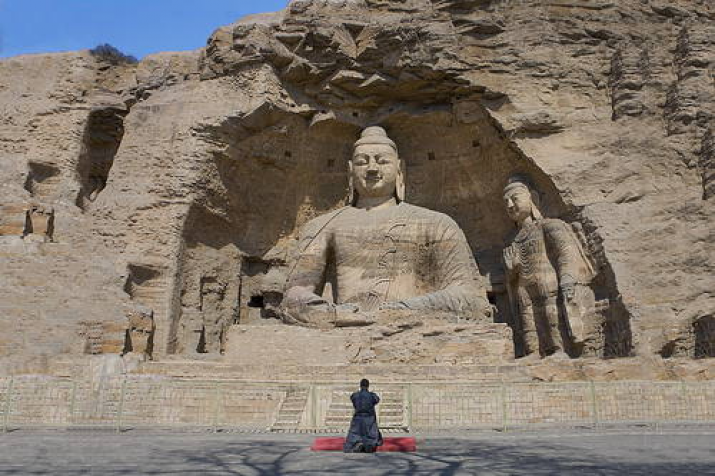
References
Hạnh, Thích Nhất. 2005. Being Peace. Berkeley, CA: Parallax Press.
Banksy. 2007. Wall and Piece. London: Century
See more



